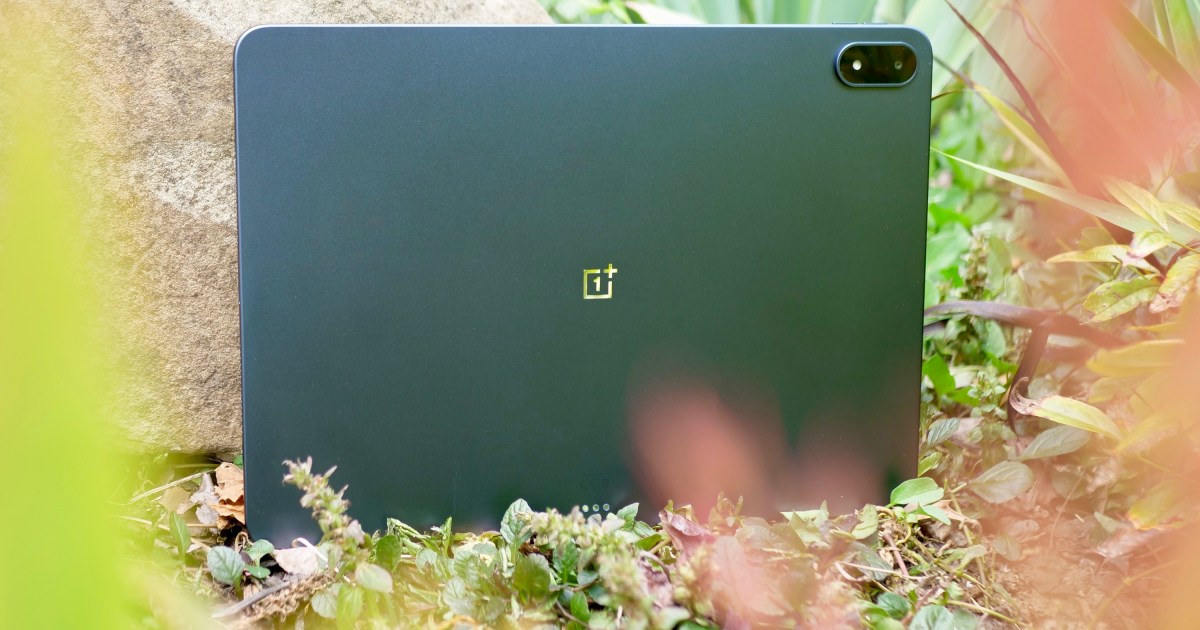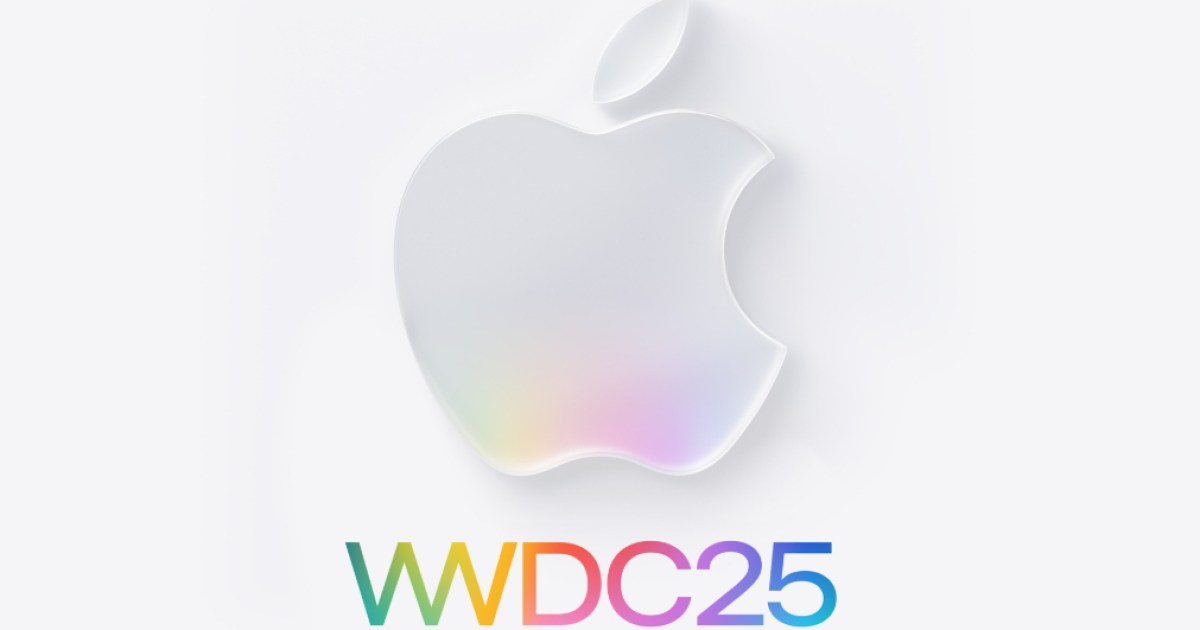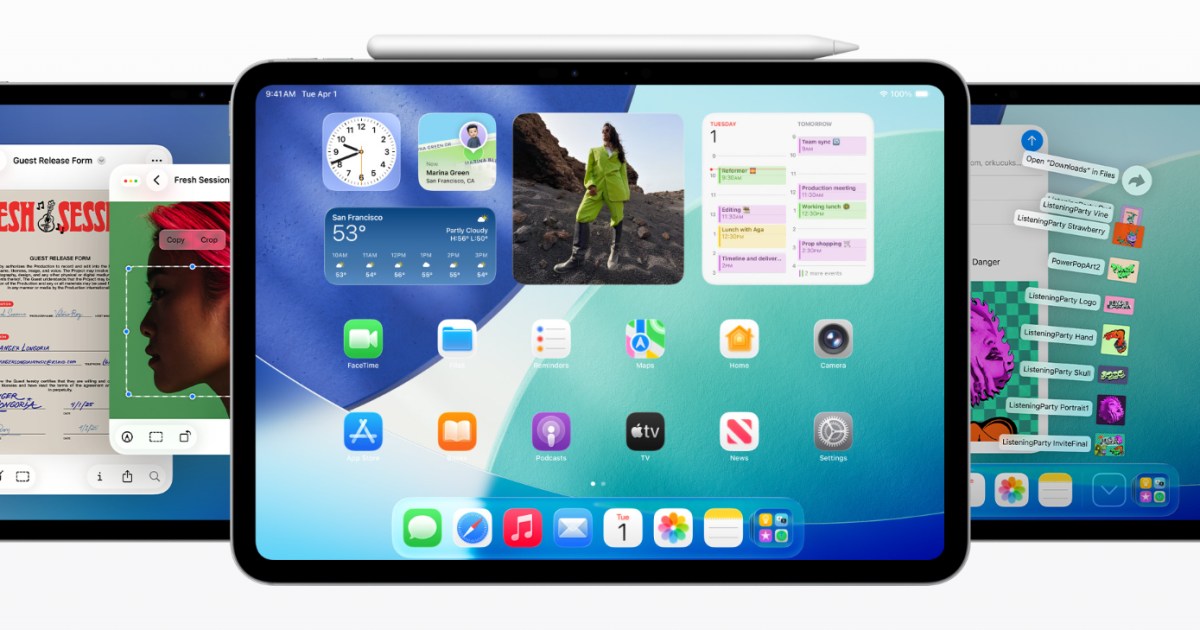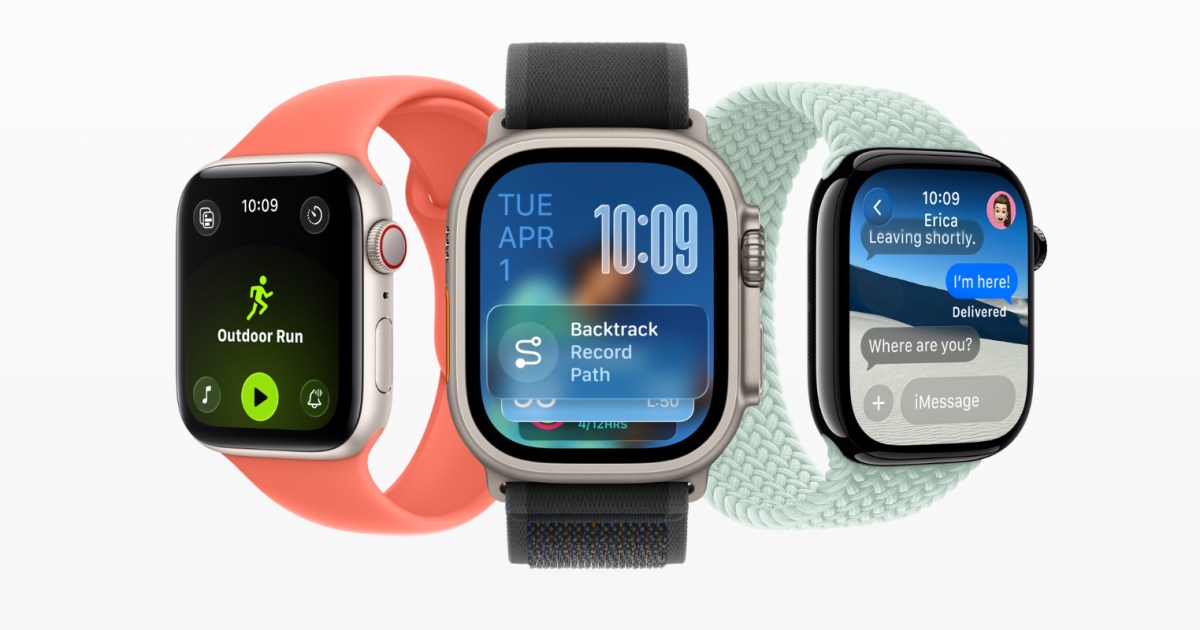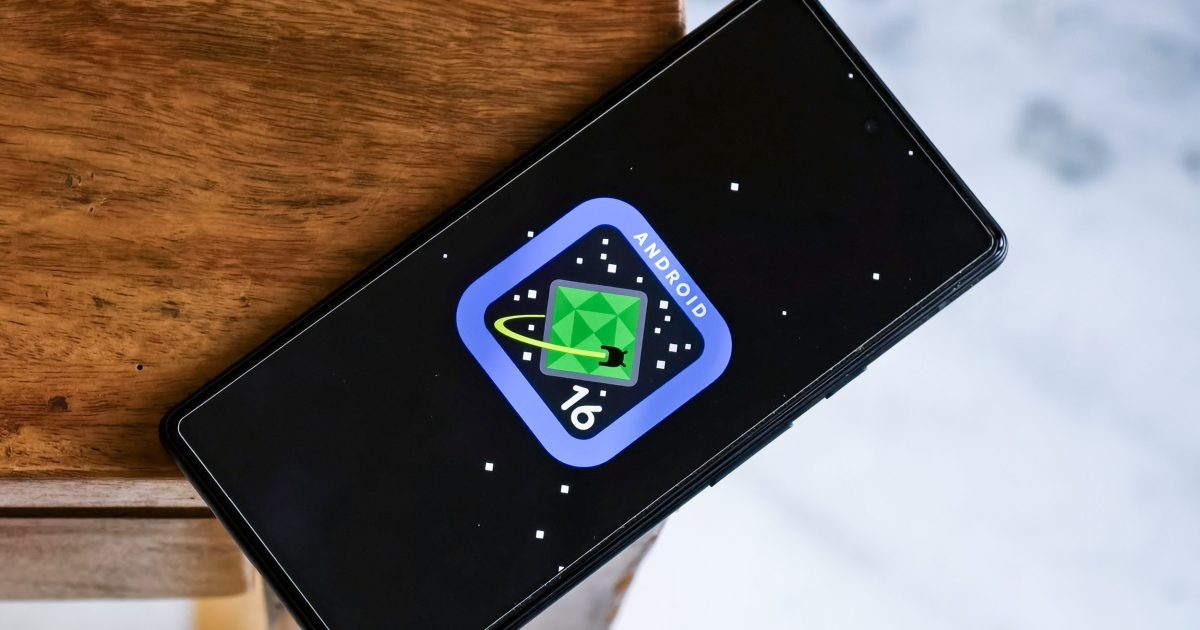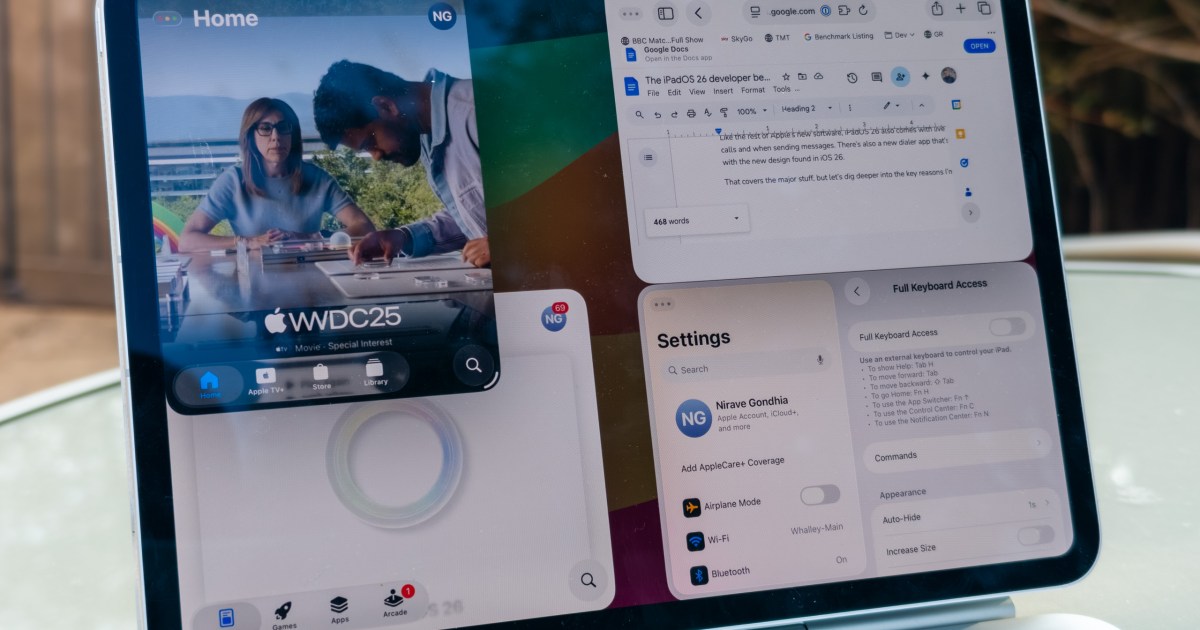With Apple’s WWDC 2025 keynote rapidly approaching, anticipation is high for the reveal of new software platform versions. A significant focus this year is expected to be on the next iteration of iOS, potentially named iOS 19, alongside updates for macOS, iPadOS, tvOS, watchOS, and visionOS. Rumors also suggest an evolution for Apple Health, possibly including a new AI doctor and a Health subscription service. iOS 19 is anticipated to mark one of the most substantial design evolutions for Apple’s mobile software since the original iPhone, drawing inspiration from visionOS and the Apple Vision Pro. While a monumental redesign is exciting, Apple must also seize this opportunity to implement crucial improvements.
Having used the iPhone for over a decade, alongside some of the best Android phones, I’ve found iOS to be an excellent platform. However, there are key areas where it could significantly improve. Here are three major iOS 19 changes I’m hoping to see Apple announce.
1. Genuine Third-Party Integration and Support
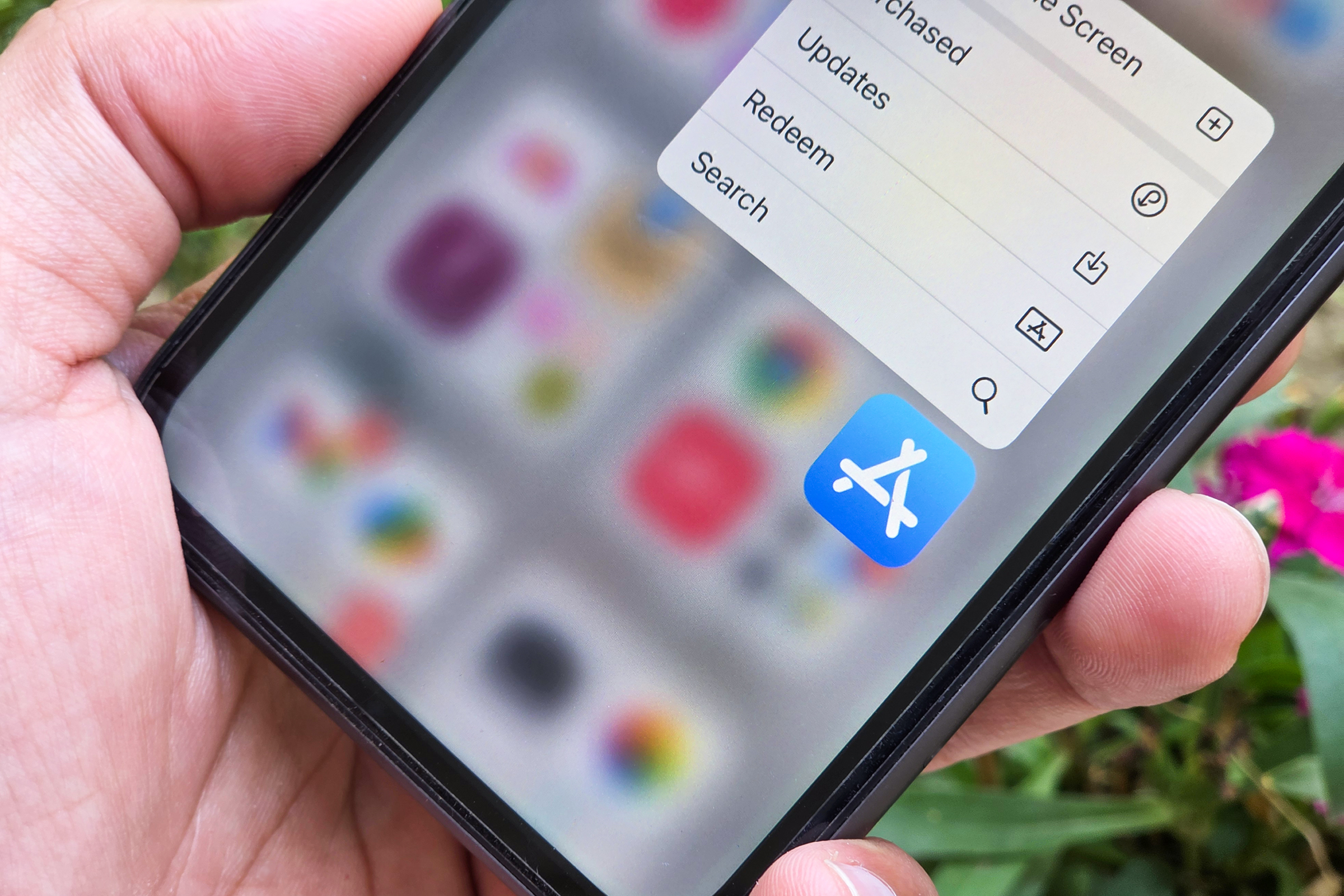 Close-up of iPhone screen displaying the Apple App Store logo, illustrating the need for better third-party app integration in iOS 19.
Close-up of iPhone screen displaying the Apple App Store logo, illustrating the need for better third-party app integration in iOS 19.
It might seem counterintuitive for Apple to fully embrace third parties, especially considering ongoing legal battles like the one with Epic Games. However, this could be the perfect moment for such a shift. Proactively enhancing third-party support could also help Apple navigate regulatory challenges, similar to those that led to third-party app store support on iPhones in Europe.
The iPhone’s phenomenal success is largely attributable to its early adoption by third-party developers. These developers created the apps and experiences that defined the iPhone’s impact. While app development has thrived, Apple has been selective in allowing third-party solutions to replace core system functions, and these implementations often fall short of expectations.
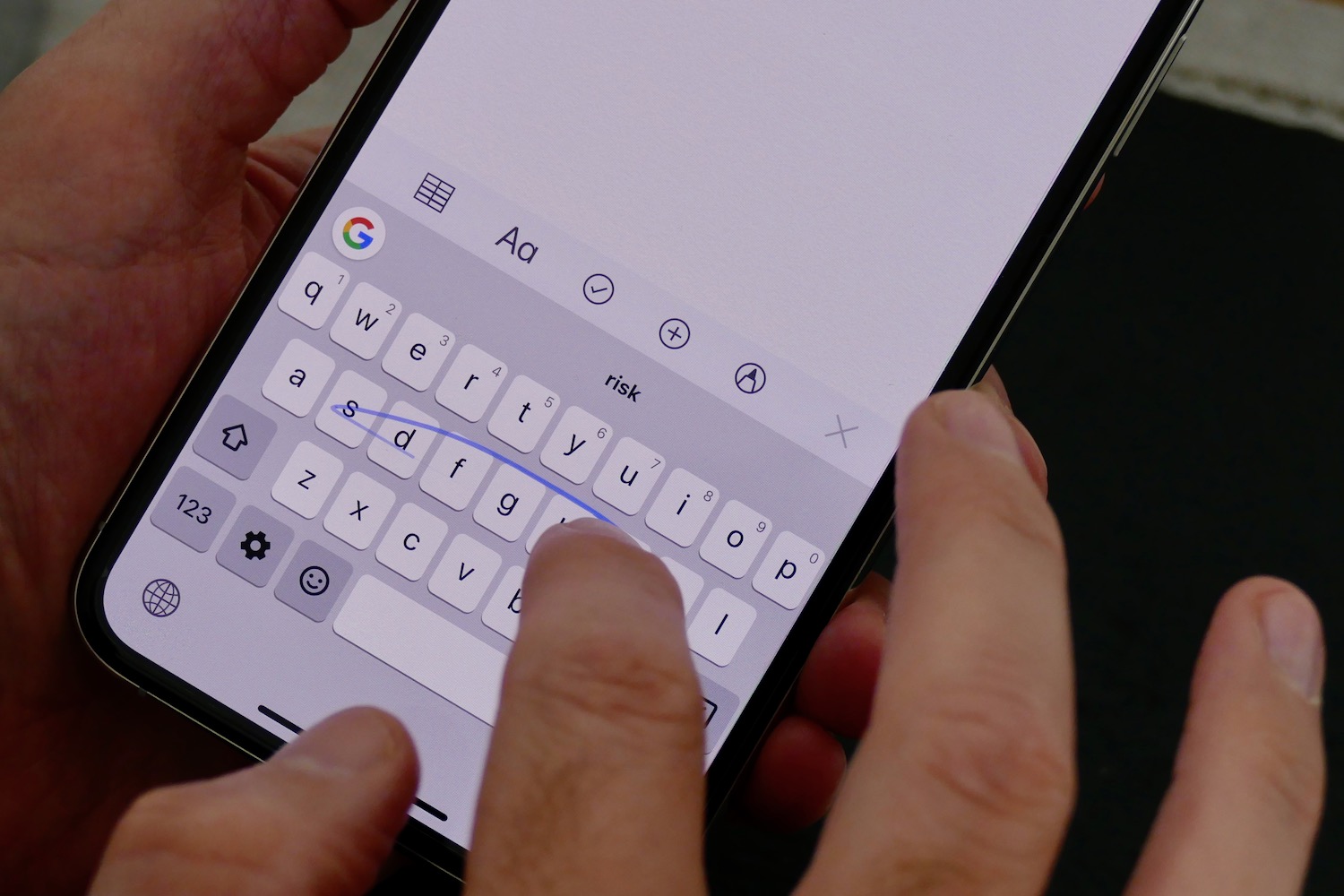 Google's Gboard keyboard app shown on an iPhone screen, highlighting instability issues with third-party keyboards in iOS.
Google's Gboard keyboard app shown on an iPhone screen, highlighting instability issues with third-party keyboards in iOS.
For instance, third-party keyboards have been supported for over a decade, yet their integration remains clunky. This often results in the OS freezing or defaulting back to the native keyboard. Similarly, Apple’s Passwords app, introduced in iOS 18, inadvertently made some third-party password managers less stable.
Deeper third-party integration could also address a pressing issue for Apple. The company’s challenges with Apple Intelligence and the new Siri could be partially mitigated by allowing users to set third-party assistants as the default, at least temporarily. This would also strengthen its partnership with OpenAI for ChatGPT access or allow users to opt for assistants like Google Gemini. [internal_links]
2. A Rebuilt OS Core for Renewed Stability
 iPhone 15 Pro showcasing an iOS 18 lock screen, emphasizing the call for a more stable and rebuilt iOS 19.
iPhone 15 Pro showcasing an iOS 18 lock screen, emphasizing the call for a more stable and rebuilt iOS 19.
For Apple to truly enable robust third-party support, a fundamental rebuild of iOS may be necessary. Over its nearly two-decade history, the underlying architecture of Apple’s iPhone software has seen incremental changes rather than wholesale overhauls. Consequently, while numerous features have been added, they have also contributed to increased system load and instability.
Consider iOS 18’s introduction of the theming engine, more flexible homescreen layouts, and transformed widgets. These are all welcome additions to iOS customization, but their rollout hasn’t always matched the seamless stability that once defined Apple’s success.
Apple products are renowned for their “it just works” philosophy. It’s time to return to that standard, starting with a foundational rebuild of iOS. The visionOS platform clearly demonstrates that Apple can still craft beautiful, highly functional first-generation software experiences. The iPhone urgently needs such a next-generation experience to restore user confidence and performance.
3. Adopting Advanced Features from the Android Ecosystem
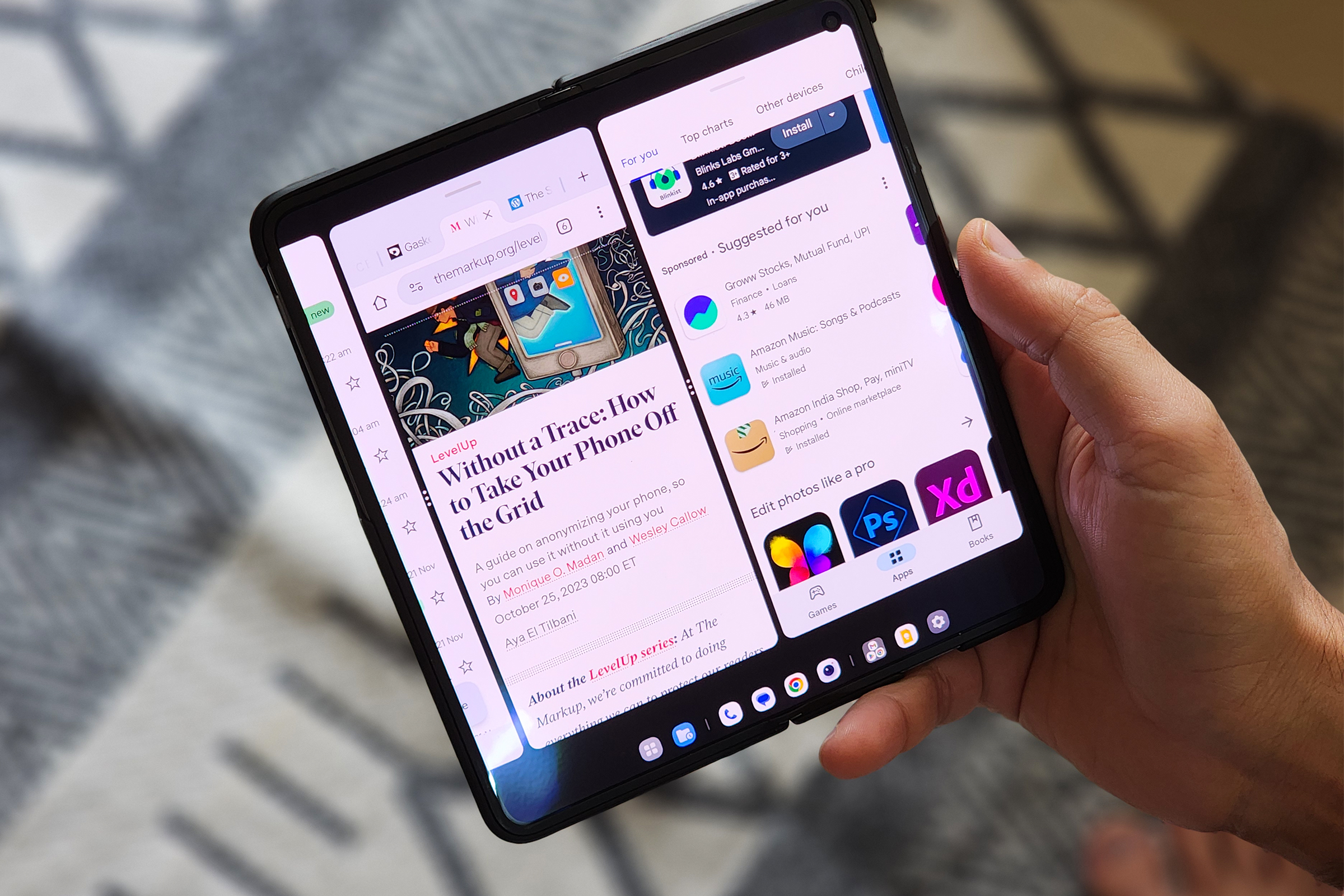 OnePlus Open foldable phone demonstrating true multitasking with three apps running side-by-side, a feature hoped for in iOS 19.
OnePlus Open foldable phone demonstrating true multitasking with three apps running side-by-side, a feature hoped for in iOS 19.
Many sophisticated features available on Android are still absent from the iPhone. While iOS 18 brought the iPhone closer to Android in terms of customization, several capabilities are needed for the iPhone to remain competitive against top-tier smartphones. [internal_links]
For example, devices like the Galaxy S25 Ultra boast multiple telephoto lenses, the S-Pen stylus, and genuine multitasking capabilities. Foldable phones like the Oppo Find N5 and Galaxy Z Fold 7 offer dual screens and advanced stylus input. Furthermore, camera systems on phones such as the Oppo Find X8 Ultra, Galaxy S25 Ultra, and Vivo X200 Ultra often provide more versatility than the iPhone, particularly for still photography.
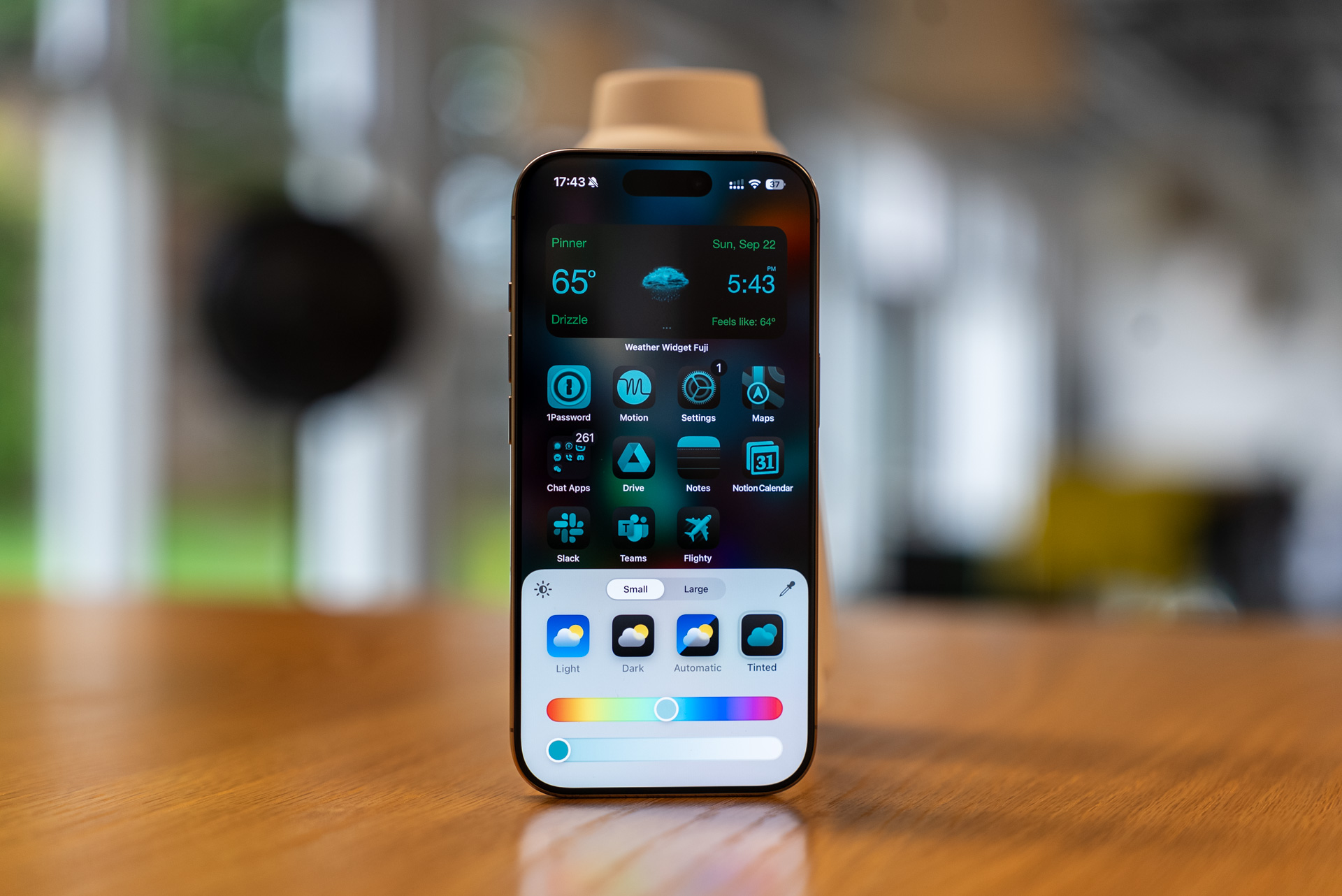 iPhone screen displaying iOS 18 homescreen app icon tint customization options, with potential for more advanced layout controls in iOS 19.
iPhone screen displaying iOS 18 homescreen app icon tint customization options, with potential for more advanced layout controls in iOS 19.
Apple’s approach to the homescreen also needs further evolution. While iOS 18 introduced significant improvements, there’s still ample room for Apple to innovate. I would love to see resizable icons, a choice of grid layouts, and more sophisticated management of icon positioning. And, crucially, I hope the existing iOS 18 homescreen issues are fixed, allowing apps to be placed freely and remain in their designated spots.
The next-generation iPhone experience must do more than just fix bugs; it should equip the iPhone to compete effectively with the very best Android phones. With Apple rumored to eventually launch an iPhone Fold, iOS 19 should lay the necessary software groundwork for this device to rival the best folding phones on the market.
I am eagerly awaiting Apple’s announcements during the WWDC 2025 livestream. As a user of Apple products across various categories, I’m genuinely excited to see the company’s next moves. I anticipate a combination of bug fixes, design refinements, and some new highlight features, perhaps with a slightly reduced emphasis on Apple Intelligence compared to last year. We will all find out soon enough. What iOS 19 changes are you hoping for?




